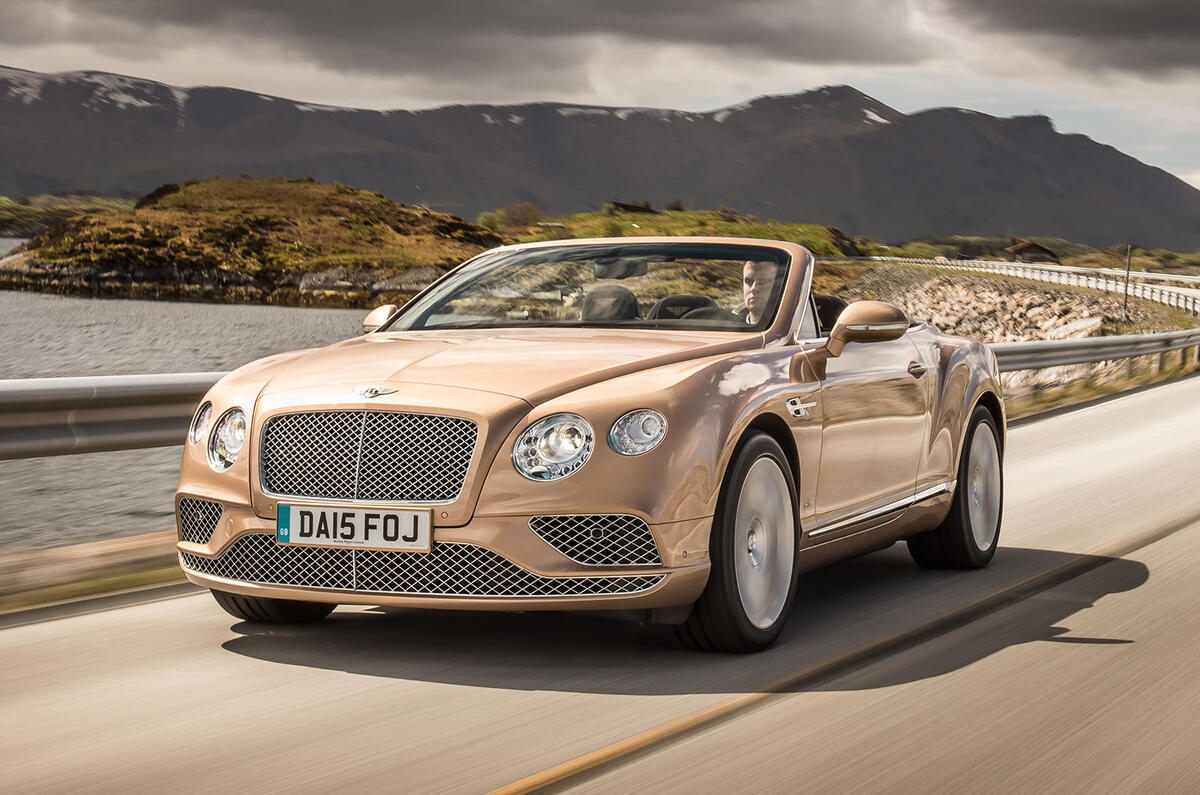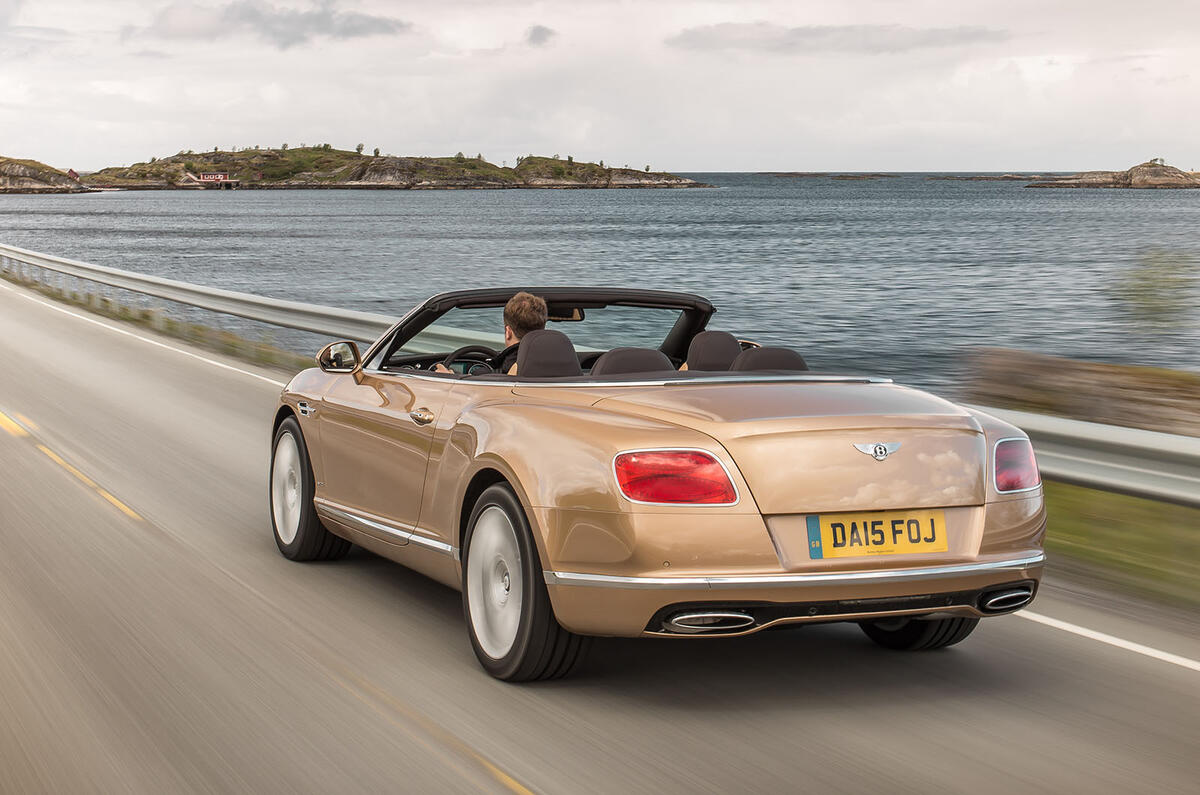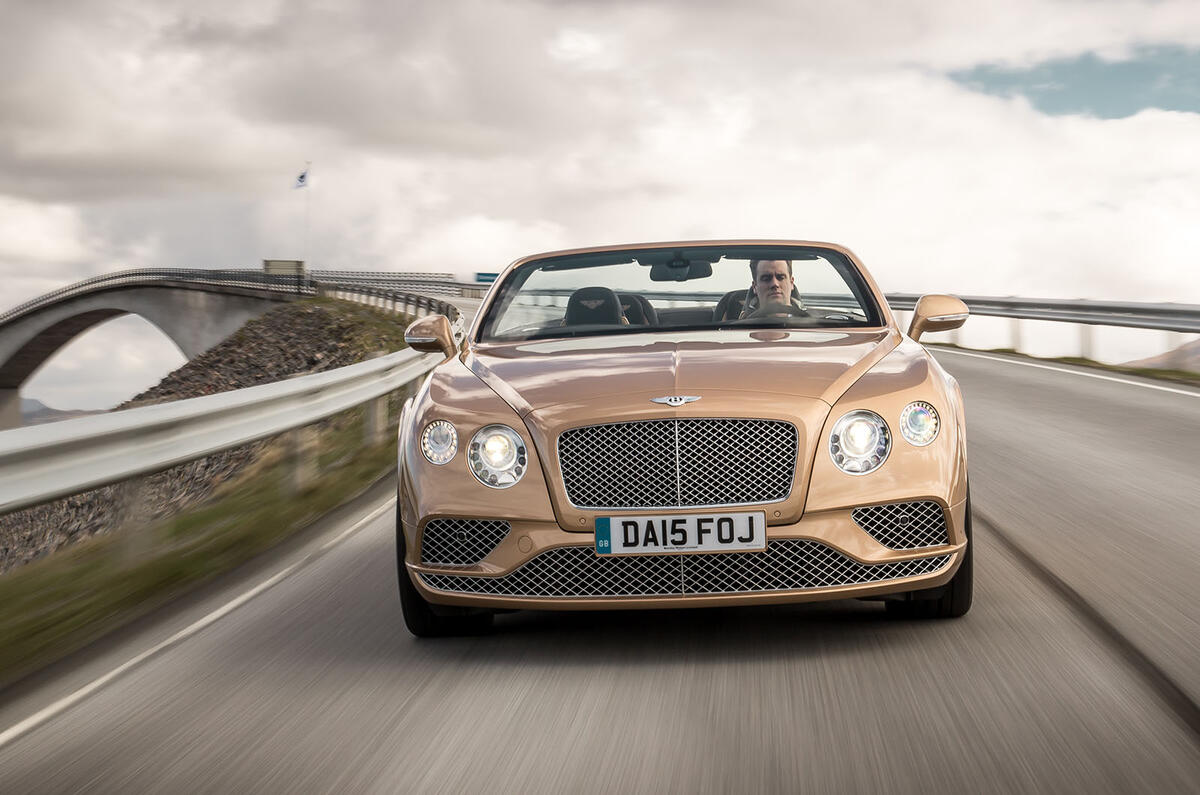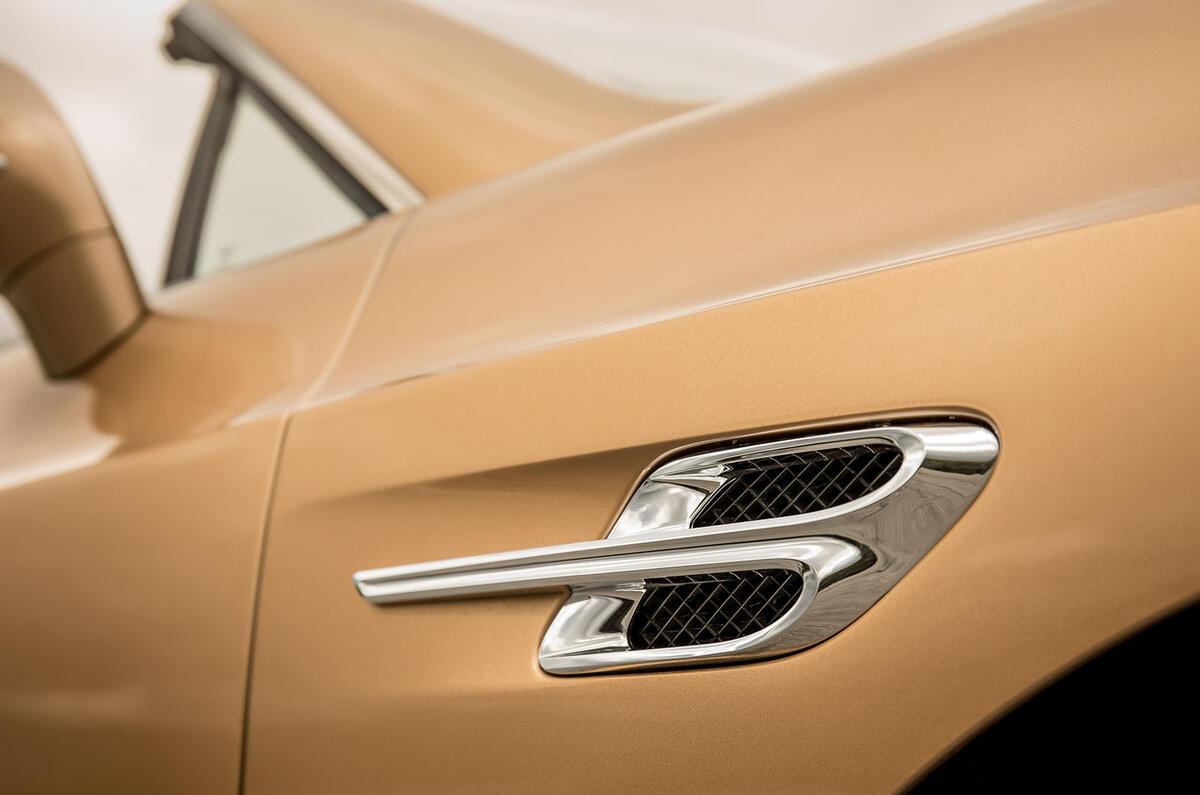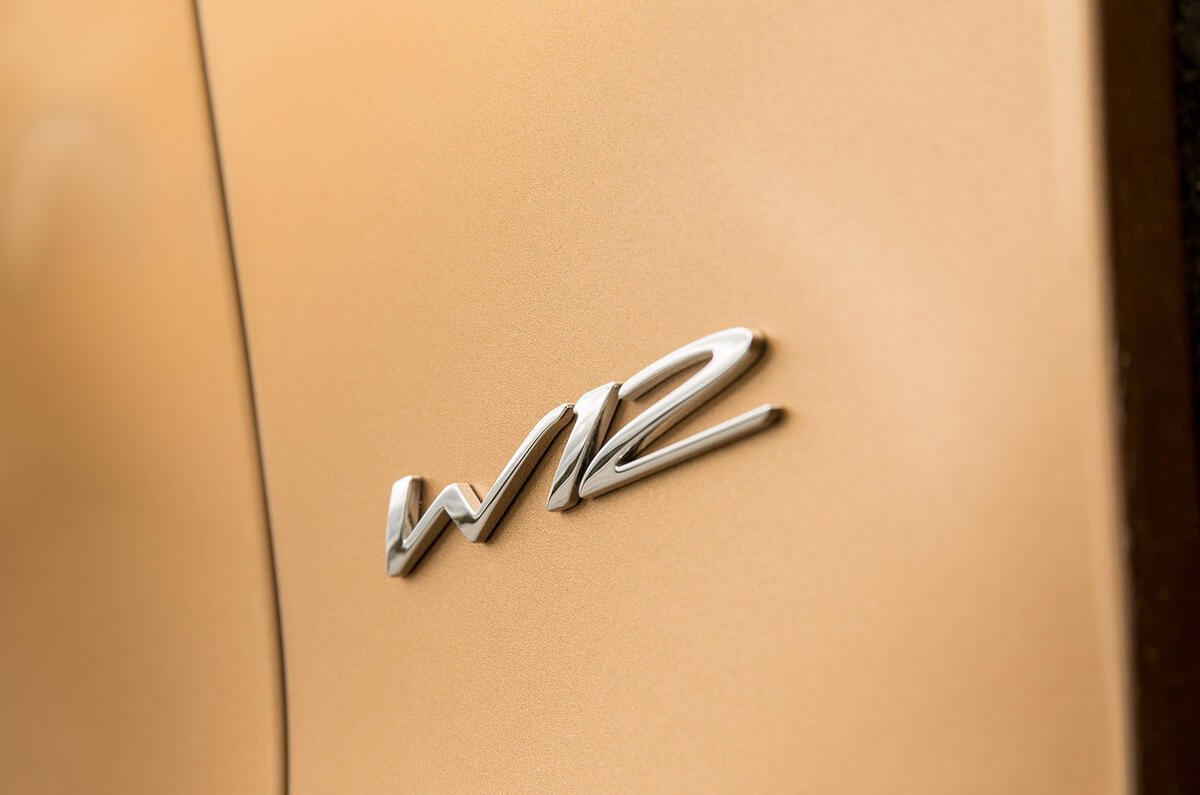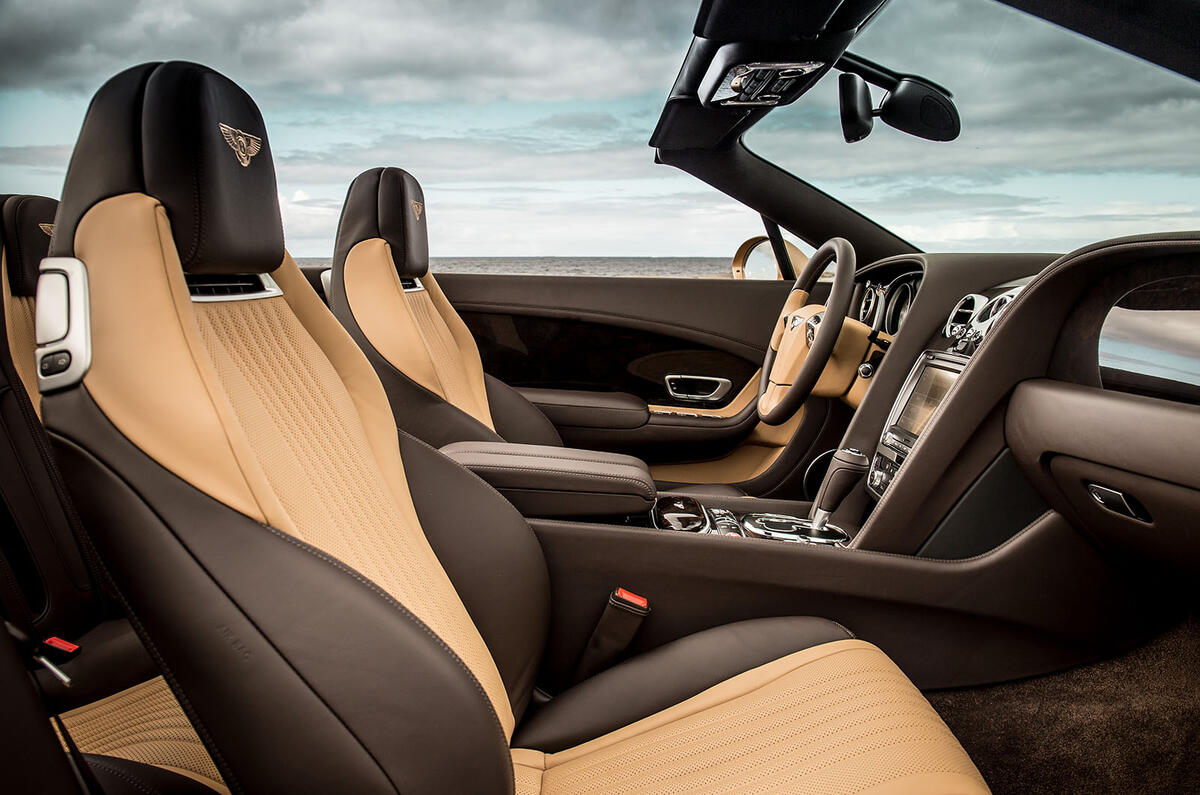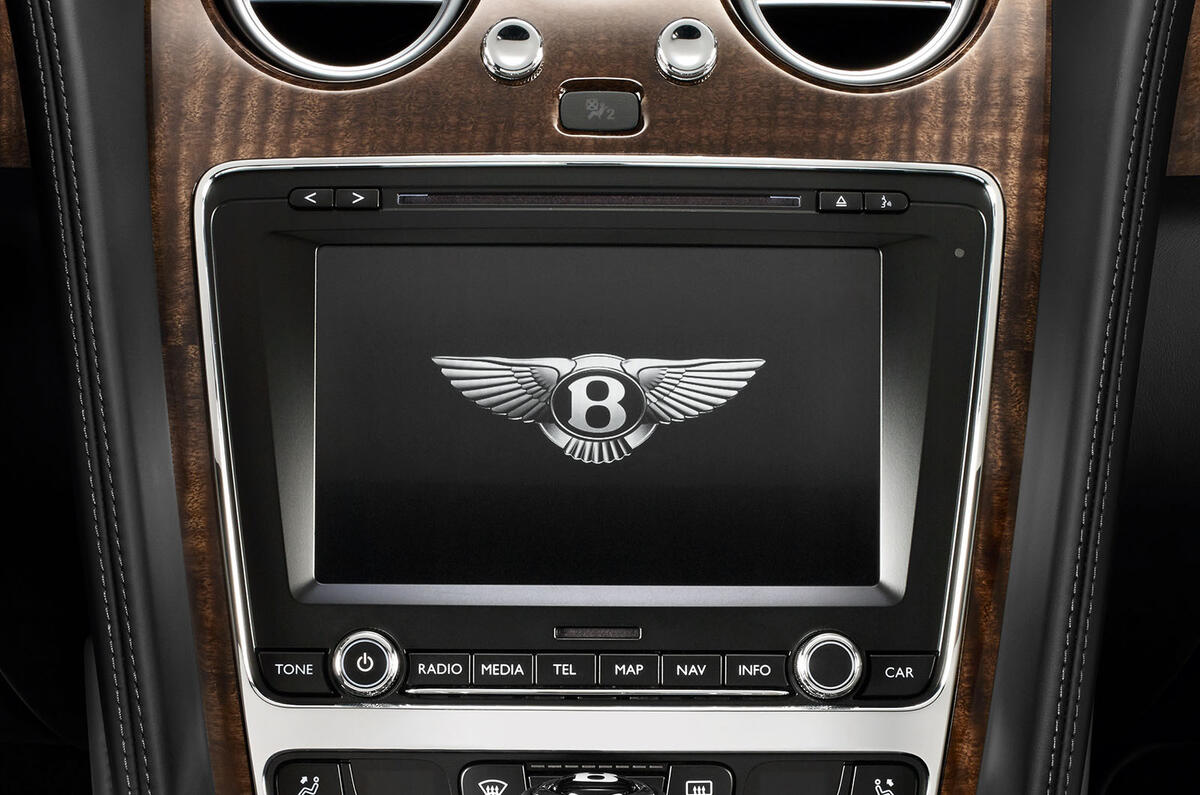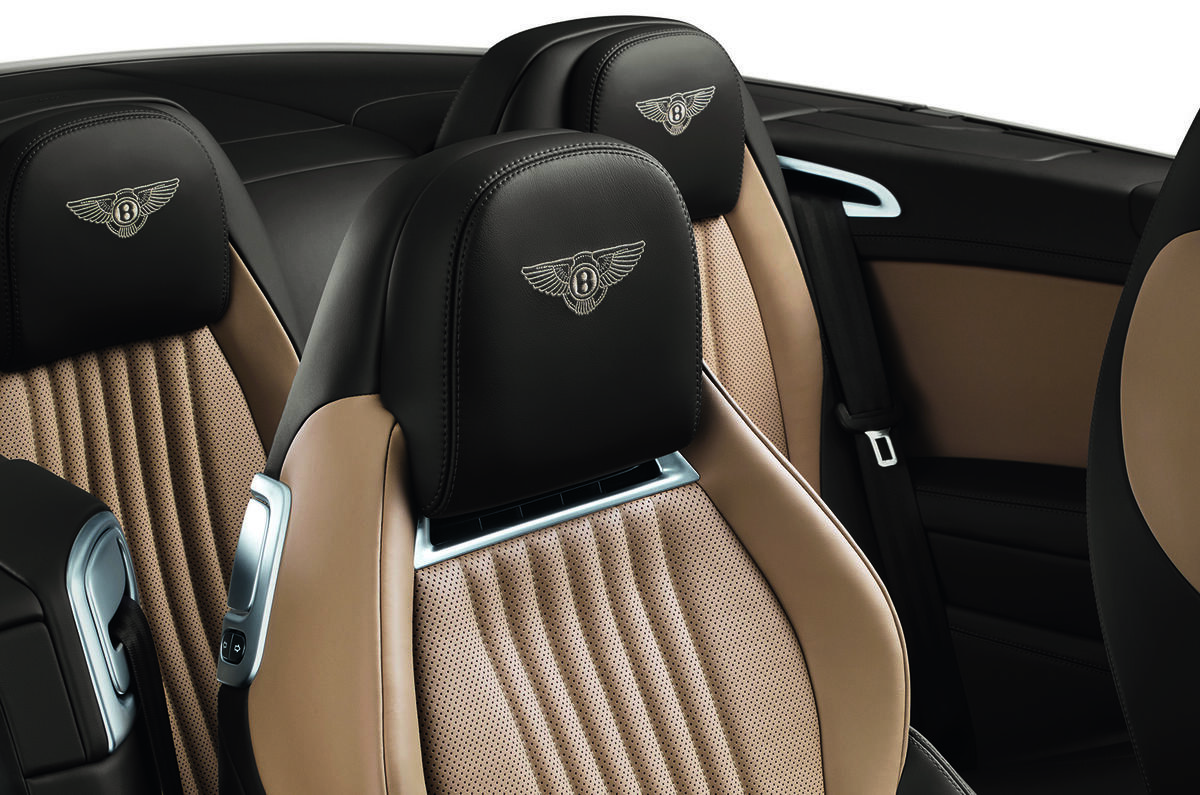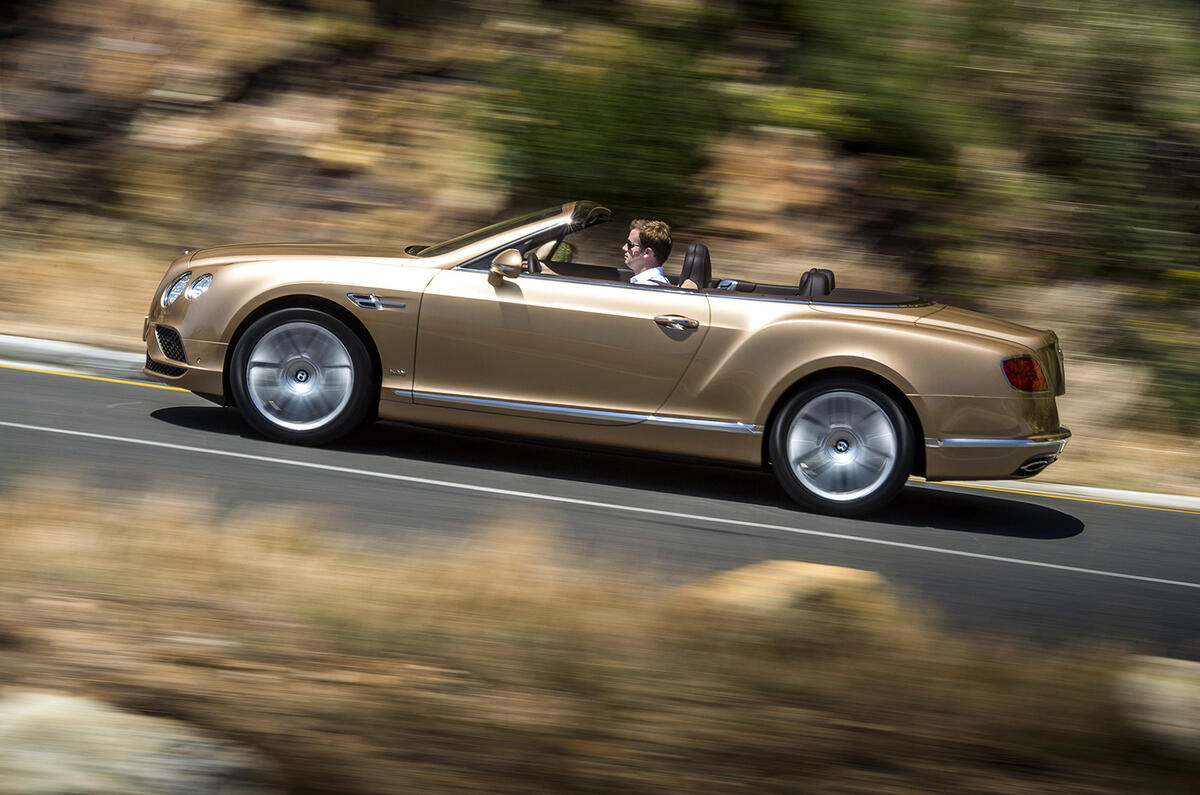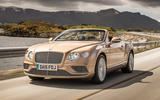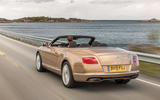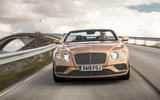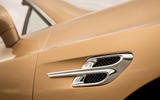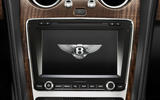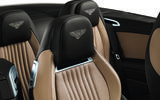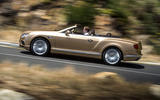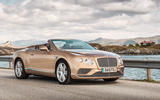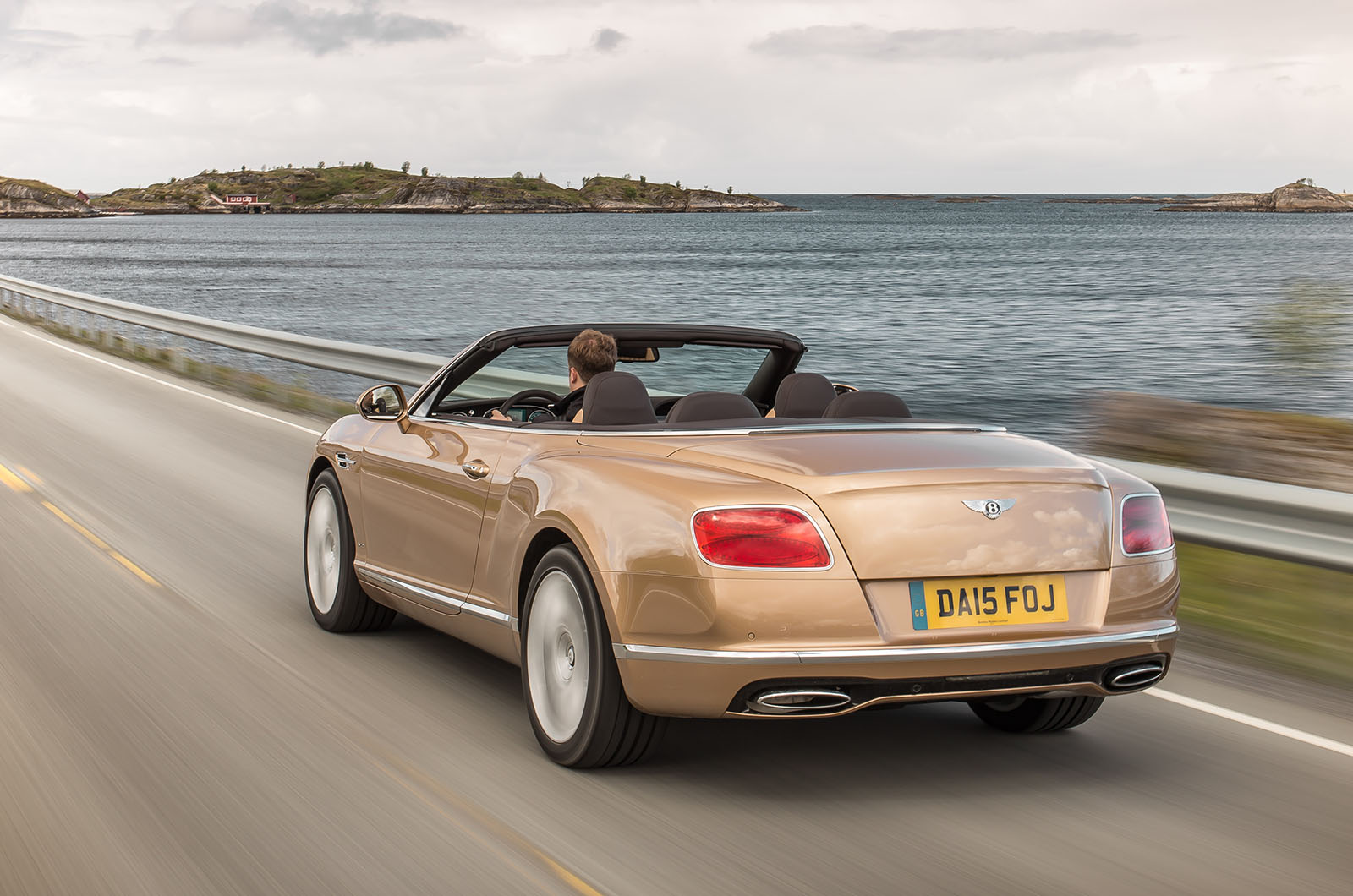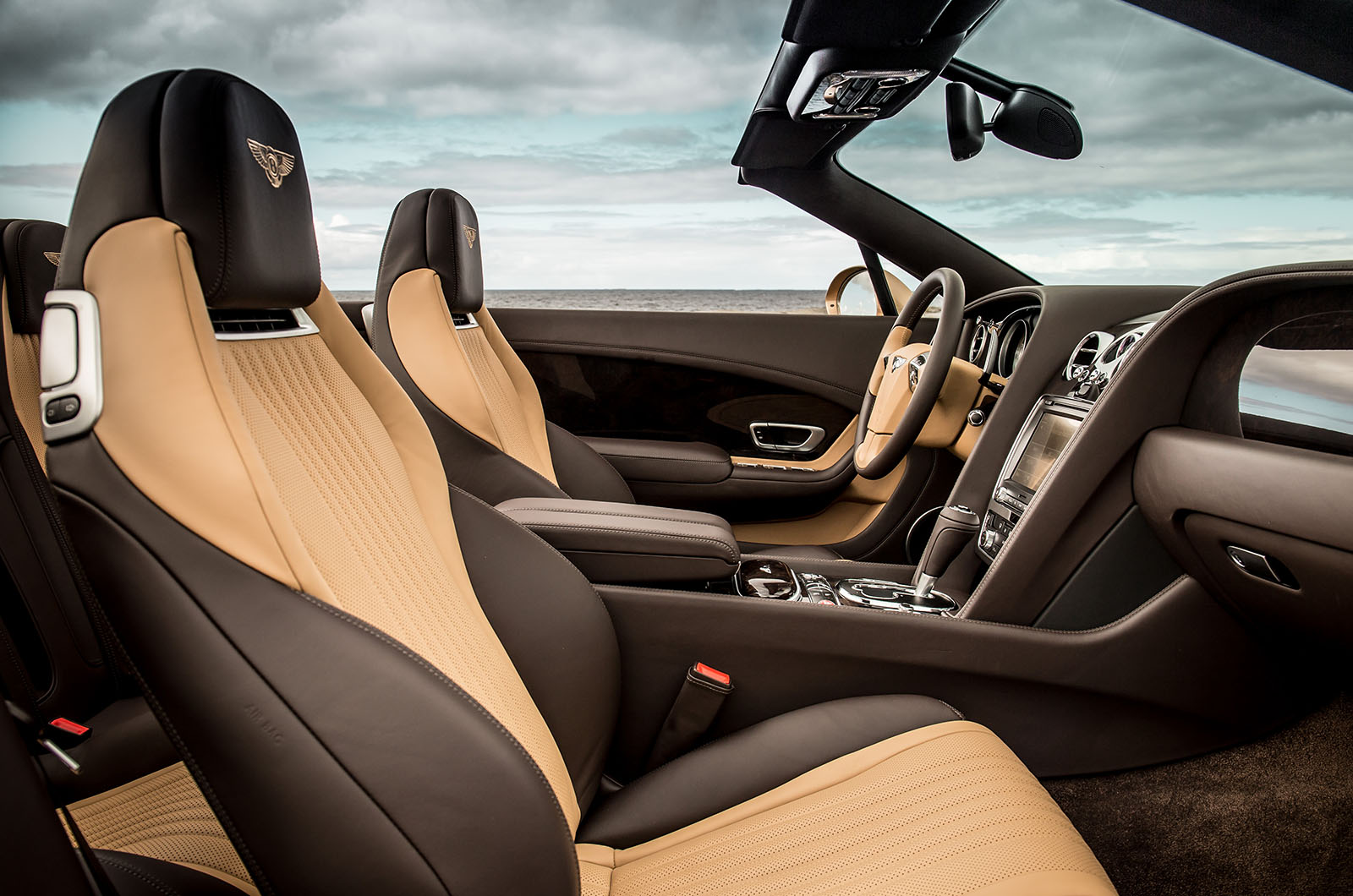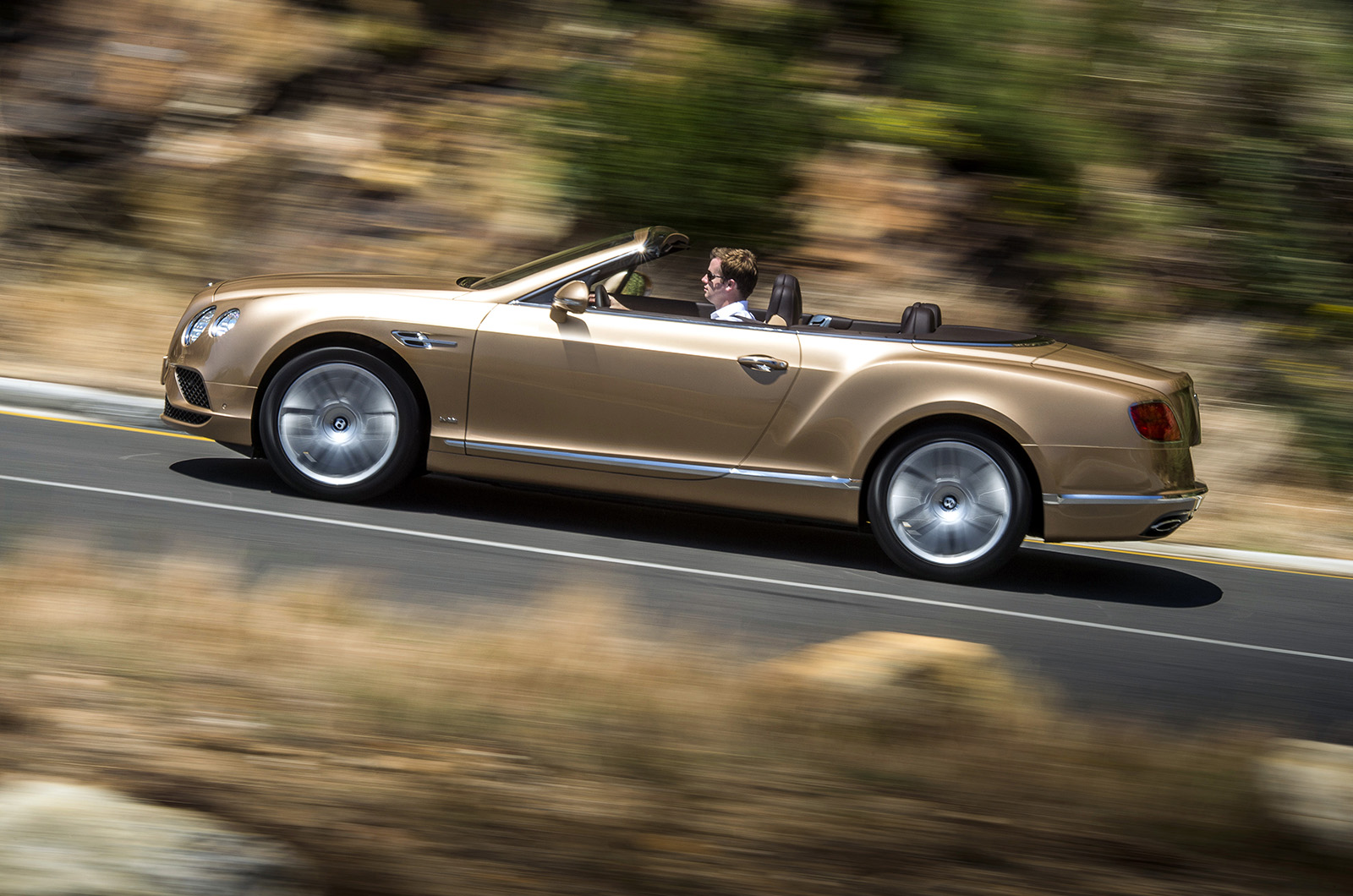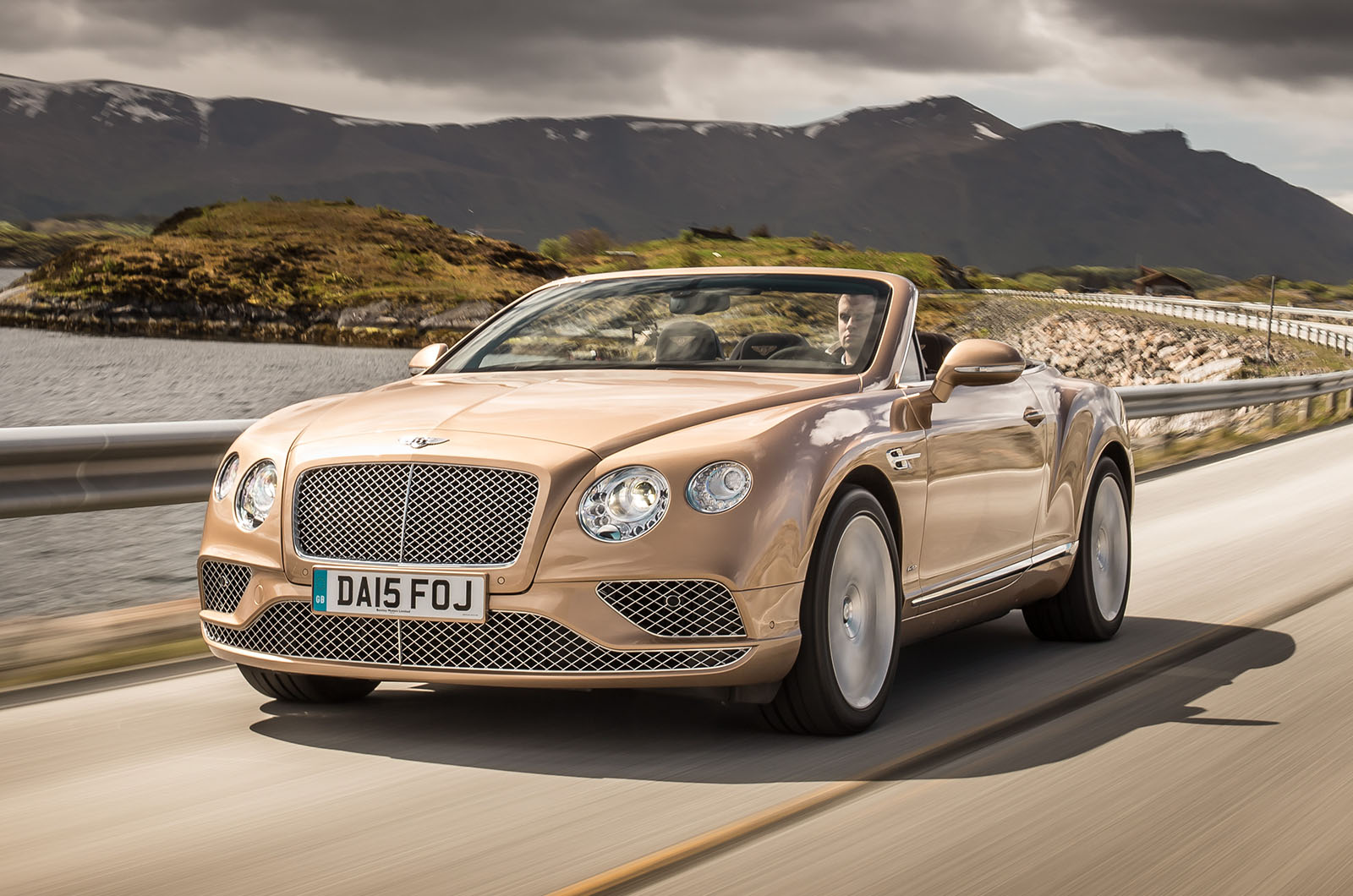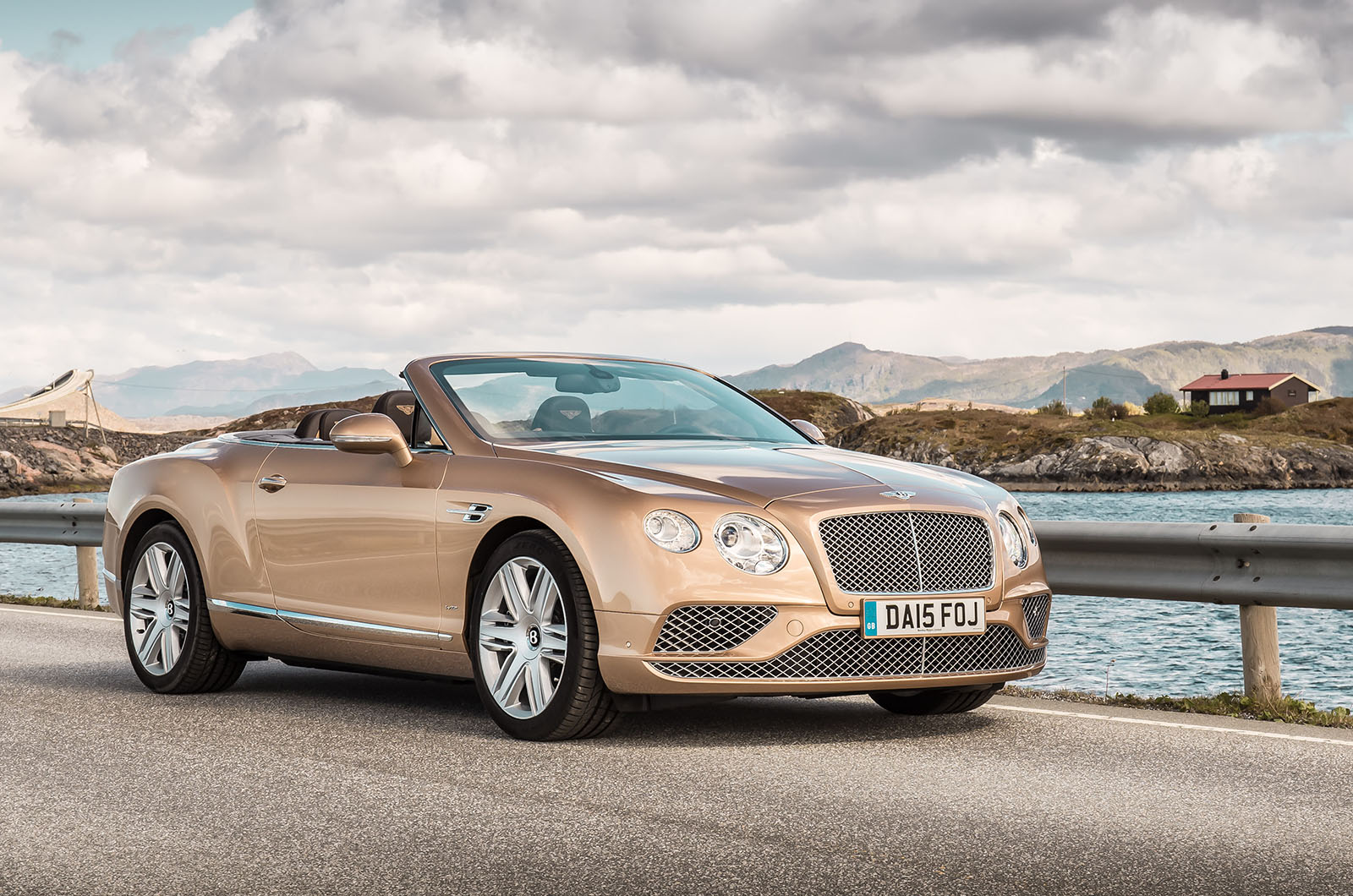When Bentley and Rolls-Royce were split by BMW and Volkswagen in 1998, there were fears that neither firms' ethos would survive the fragmentation. Those were allayed in 2003 when the Continental GT appeared, with its huge pace and majestic looks and its rise continues today with the facelifted second-generation.
The four-door Flying Spur and drop-top GTC were introduced in 2005 and have been subsquently replaced too. In 2009, the limited-edition 621bhp Supersports showed that Bentley was still capable of producing something resembling the most unlikely super-fast bruisers it was famous for.
Some will find it comforting to think of Bentley's implied heavyweight sporting elegance as an intransigent part of Britain's automotive landscape: as evocative as the thwack of willow on leather, the smell of a village pub or the peal of a church bell.
But, in truth, the company is no more resistant to the preoccupations of the 21st century than any other cultural benchmark. And so, like limited-overs cricket or gastropubs, Bentley has moved with the times and, with the considerable help of its German cheque writer, Volkswagen, introduced the green and pleasant version of the Continental GTC that it promised in 2008.
Of course, some things don't change. The continued fitment of the 6.0-litre W12 engine is proof of that. Bentley may have delivered the 40 per cent improvement in economy and emissions that it said it would, but that hefty reduction still permitted the fitment of a twin-turbocharged 4.0-litre V8 petrol engine from Audi that produces 500bhp. The question is: are those 500 four-ringed geldings capable of mimicking Bentley shire horses aboard the mobile amphitheatre that is the GTC?


